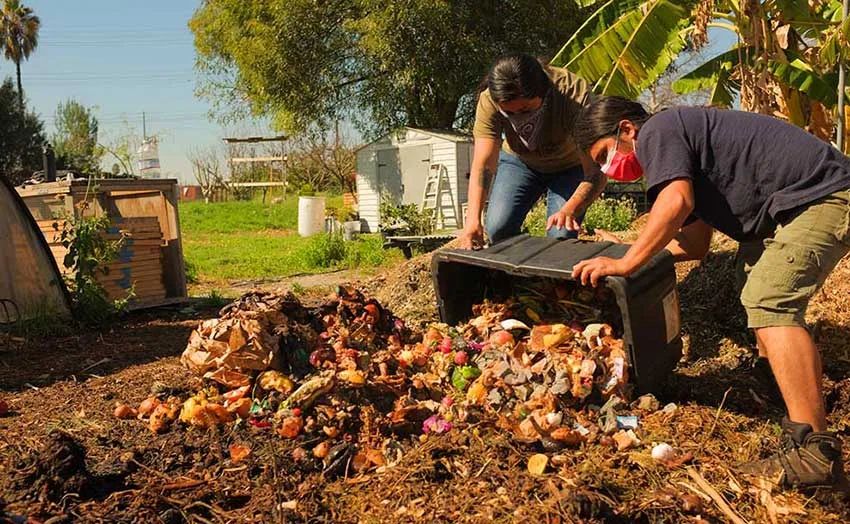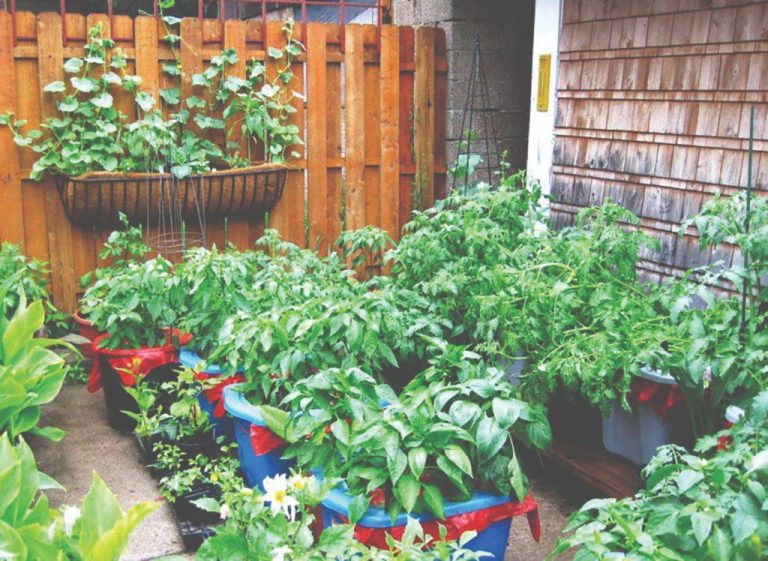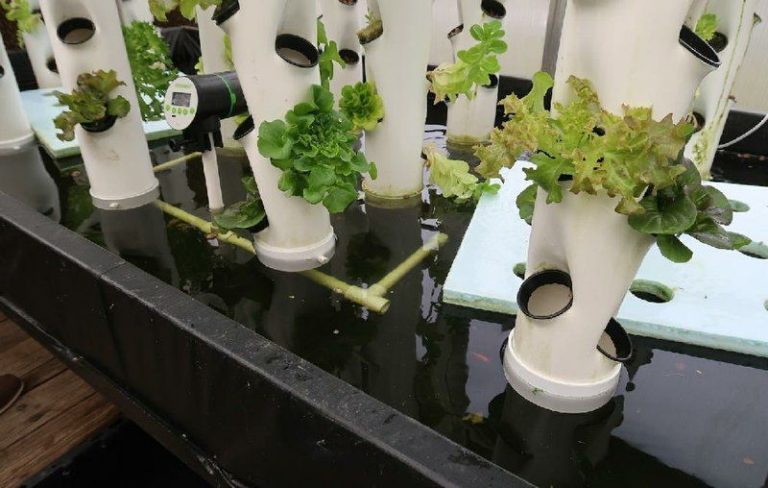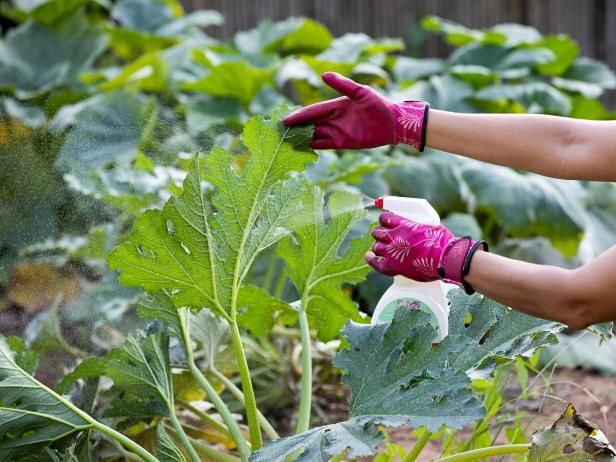Urban Composting: Turning Waste Into Nutrient-Rich Soil
Urban composting is the practice of composting organic waste in cities and suburban areas to produce nutrient-rich soil. Composting is the natural process of recycling organic materials like food scraps, yard trimmings, and paper products into a valuable fertilizer and soil amendment (EPA, 2023). Urban composting brings this sustainable practice directly into cities and neighborhoods.
Composting in urban areas provides many benefits. It reduces the amount of organic waste sent to landfills, which is a major source of methane emissions. Methane is a potent greenhouse gas more harmful than carbon dioxide (EPA, 2022). Urban composting can also improve local soils, support urban gardening, and close the loop on the food system. When city dwellers compost waste from their kitchens and gardens, they can use their finished compost to grow healthy fruits, vegetables, and plants (Environment America, 2019).
The basic urban composting process involves gathering organic waste like fruit and vegetable scraps, coffee grounds, and leaves. This material is combined and decomposed together. With the right ingredients, moisture, airflow, and temperature, aerobic bacteria, fungi, and invertebrates will break down the waste into stable, nutrient-rich humus. This dark, earthy, finished compost can be used to enrich garden beds, houseplants, lawns, and urban farms (EPA, 2023).
Why Compost in Cities?
Composting provides several key benefits for urban areas. By composting organic waste, cities can significantly reduce the amount of trash sent to landfills. Food scraps and yard waste make up 20-30% of what we throw away, so composting this material can divert a substantial portion of waste from landfills (1). Keeping organic matter out of landfills has environmental advantages, since decomposing food and plant material in landfills generates methane, a potent greenhouse gas (2).
Composting also creates a useful end product – nutrient-rich soil that can be used for urban farms, community gardens, landscaping, and more. Compost helps restore fertility and structure to degraded soils by providing organic matter, nutrients, and beneficial microorganisms (3). Using compost enables urban growers to rely less on chemical fertilizers. In this way, composting closes the loop and recycles nutrients from food waste back into the local food system.
Sources:
(1) https://frontiergroup.org/articles/four-reasons-why-every-town-and-city-should-compost/
(2) https://sph.umich.edu/pursuit/2019posts/benefits-of-composting.html
(3) https://www.compostingcouncil.org/page/CompostBenefits
How to Get Started

Urban composting requires having the right system for your space and needs. There are several compost bin or tumbler options suitable for apartments or small yards. Popular choices include:
The Alfresco Home Compgreen Composter, an attractive and rodent-proof bin with easy access for turning.
The Bamboozle Composter, made of 100% recycled plastic and designed to fit small spaces.
Compost tumblers like the Subpod In-Garden Compost System, which allow easy aerating by spinning.
When placing your compost system, choose a shady spot, if possible. Sunlight can dry out the compost, while shade helps retain moisture. Position the bin or tumbler directly on soil or grass to allow decomposers to migrate in from the ground. If on a patio or deck, add some soil or finished compost to introduce biota.
Nearly all organic waste can be composted, including fruit and vegetable scraps, coffee grounds and filters, eggshells, nut shells, shredded paper and cardboard, and yard trimmings. Avoid meat, fish, grease, and pet waste, which can attract pests and cause odors.
Maintaining Your Compost
Properly maintaining your compost pile is crucial for achieving finished compost in a timely manner. Two key aspects of compost pile maintenance are turning and watering the materials on a regular basis. Turning aerates the compost, which provides oxygen to the microorganisms involved in breaking down organic matter. It also ensures the materials are well mixed together. The compost pile should be turned at least every 2-4 weeks using a pitchfork or compost tumbler (Source).
Moisture is also important for microbial activity. The materials should feel moist like a wrung-out sponge, but not saturated (Source). Water the pile as needed when turning, taking care not to oversaturate it. Covering the pile can help retain moisture.
Paying attention to the carbon-nitrogen ratio will also help produce quality compost. Ideal C:N ratios are between 25:1 and 30:1. Adding carbon-rich “browns” (e.g. leaves, straw, sawdust) and nitrogen-rich “greens” (e.g. food scraps, grass clippings) in the right proportions will achieve this ratio. Troubleshooting issues like unpleasant odors can often be traced back to improper C:N ratios.
Vermicomposting
Vermicomposting is using worms to break down organic matter into a nutrient-rich soil amendment called vermicompost or worm castings. There are many benefits to using worms for composting:
Worms are efficient composters – they can eat up to half their body weight per day. Red wiggler worms are commonly used and can process a surprising amount of scraps in a small space (Oklahoma Cooperative Extension).
Vermicompost contains nutrients and beneficial microorganisms that enhance soil health and plant growth. The worm castings are a valuable fertilizer for gardens and indoor plants (Cornell University).
Worm composting systems do not emit odors or attract pests like outdoor compost piles can. Worm bins can be used year-round, even in apartments or homes without yards.
Setting up a worm bin is straightforward. You need a container with ventilation holes, bedding material like shredded paper or coir, worms, and your food scraps. Avoid using glossy paper or citrus as bedding. Red wigglers are surface feeders so the bin only needs to be 12-18 inches deep (Oklahoma Cooperative Extension).
To care for worms, feed them gradually at first while the population grows. Bury food scraps under bedding and don’t overfeed. Keep the bin at room temperature between 55-77°F. Moisten bedding when needed but avoid saturating it (Cornell University). In 3-6 months, harvest finished vermicompost from the bottom of the bin.
Large-Scale Urban Composting
Large-scale composting programs divert significant amounts of organic waste from landfills and transform it into useful compost. Cities and communities can initiate composting programs to handle organic waste from residents, businesses, schools, and municipal operations.
Some cities have implemented curbside collection of compostable materials from households. Compost bins are provided to residents, and the city’s waste management department collects the organic waste on a regular schedule for processing at a central facility. This makes composting convenient for urban residents. According to Municipal Composting Facility Proves Economics and Feasibility of Large-Scale Processing, large municipal composting facilities can be economically viable.
Community composting programs engage groups of residents in managing small-scale compost sites in their neighborhoods. Volunteers maintain the sites and teach their neighbors best practices for composting. Some cities provide grants and technical assistance to community composting initiatives. Compost produced can enrich gardens, urban farms, and landscaping in the area.
Businesses and institutions can also implement composting programs to handle food waste and other organic materials generated on-site. Schools in particular have been leaders in large-scale composting. Students are educated about the environmental benefits and participate by separating compostable waste. The nutrient-rich finished compost can then be utilized in school gardens.
Using Your Compost
When compost is ready to use, it will look dark, crumbly, and earthy-smelling. Finished compost is a nutrient-rich amendment that can be added to garden beds, houseplants, lawns, and farms. There are several ways to use finished compost:
To apply compost to gardens or farms, spread a 2-4 inch layer evenly over the soil surface and gently mix it into the top 3-6 inches of soil. Compost can be worked into beds before or after planting. For new gardens, blend compost thoroughly throughout the entire bed [1].
As a nutrient boost for lawns, use a broadcast spreader to apply a thin layer of compost over the grass. Rake lightly to break up any clumps. The compost will feed soil microbes and slowly release nutrients [2].
For potted plants, mix compost into potting soil at a 1:1 or 1:2 ratio before filling containers. Top dress houseplants with a thin layer of compost to provide a slow-release fertilizer [1].
Other ways to use finished compost include making DIY seed starting mix, brewing compost tea, and mixing into garden mulch or soil amendments like vermiculite and peat moss [1].
Urban Composting Case Studies
Urban composting programs can thrive with the right leadership, community engagement, and waste management systems. Here are some examples of successful city composting initiatives:
San Francisco has become a leader in large-scale municipal composting. The city’s mandatory composting ordinance went into effect in 2009, requiring all residents and businesses to separate compostables from landfill-bound trash (Environment and Urbanization). This massive urban composting program processed over 600 tons of food scraps and yard waste daily as of 2019.
New York City piloted curbside compost collection in select neighborhoods in 2013 before expanding citywide. By 2020, the city was collecting over 500 tons of food scraps for compost each week. Brooklyn resident Claudia Joseph was interviewed about the program, saying it took her family time to adjust their habits but now composting is second nature (PLT Composting Case Studies).
Seattle’s commercial composting law went into effect in 2011, requiring restaurants and grocers to provide compost collection for food scraps. The city provides rebates up to $20,000 to help offset costs of setting up new compost systems. As of 2015, Seattle was collecting over 38,000 tons of food waste annually for composting.
Overcoming Obstacles
Urban composting comes with unique challenges not found in rural areas. However, there are solutions to overcome the common obstacles.
One frequent problem is limited space for compost bins in crowded city environments. Smaller bins like indoor vermicomposting systems can work well for apartments (https://hotbincomposting-us.com/blogs/news/challenges-of-household-composting-in-urban-areas). Community gardens are another option, allowing groups of residents to compost together. Some cities have public drop-off locations for food waste composting (https://medium.com/@compost_with_us/composting-in-the-city-challenges-and-opportunities-for-urban-dwellers-cc8902bc2af8).
Rodents and other pests are also a concern. Using rodent-resistant bins with secure lids can help deter animals. Keeping the compost balanced and aerated will minimize unpleasant odors that can attract pests (https://www.hobbyfarms.com/6-problems-with-city-composting-and-what-you-can-do-about-it/). Monitoring your compost regularly is key.
Finally, neighbor complaints about odors is common. Proper maintenance is essential – turn and mix the compost regularly to speed decomposition. Avoid composting meat, oils or animal products that can cause more odor. Place bins thoughtfully to prevent issues with neighbors. Many odor complaints can be avoided with attentive compost management.
The Future of Urban Composting
Urban composting is only expected to grow as more cities adopt organic waste recycling programs. According to the Washington Post, the number of American composters has steadily increased thanks to more municipal collection programs, with some cities like Seattle and San Francisco mandating composting (https://www.washingtonpost.com/climate-environment/2023/02/21/home-composting-new-technology/).
Cities can promote composting by implementing city-wide collection programs, providing subsidies for home composting systems, educating residents on proper composting techniques, and partnering with community organizations and businesses to increase composting access. Bridging the Gap explains that large-scale municipal composting programs divert significant organic waste from landfills, reducing greenhouse gas emissions (https://bridgingthegap.org/composting-for-our-future/).
The vision for the future is cities with closed-loop organic waste systems, where food scraps and yard waste are efficiently collected and processed into nutrient-rich compost used by local urban farms and gardens. As noted by Evanesce, compost enriches soil health, retains moisture, and supresses plant diseases without the need for chemical fertilizers (https://evanesce.com/2022/11/24/composting-is-the-new-future/). With more education, infrastructure, and public engagement, urban composting can provide environmental, social, and economic benefits for sustainable cities.






